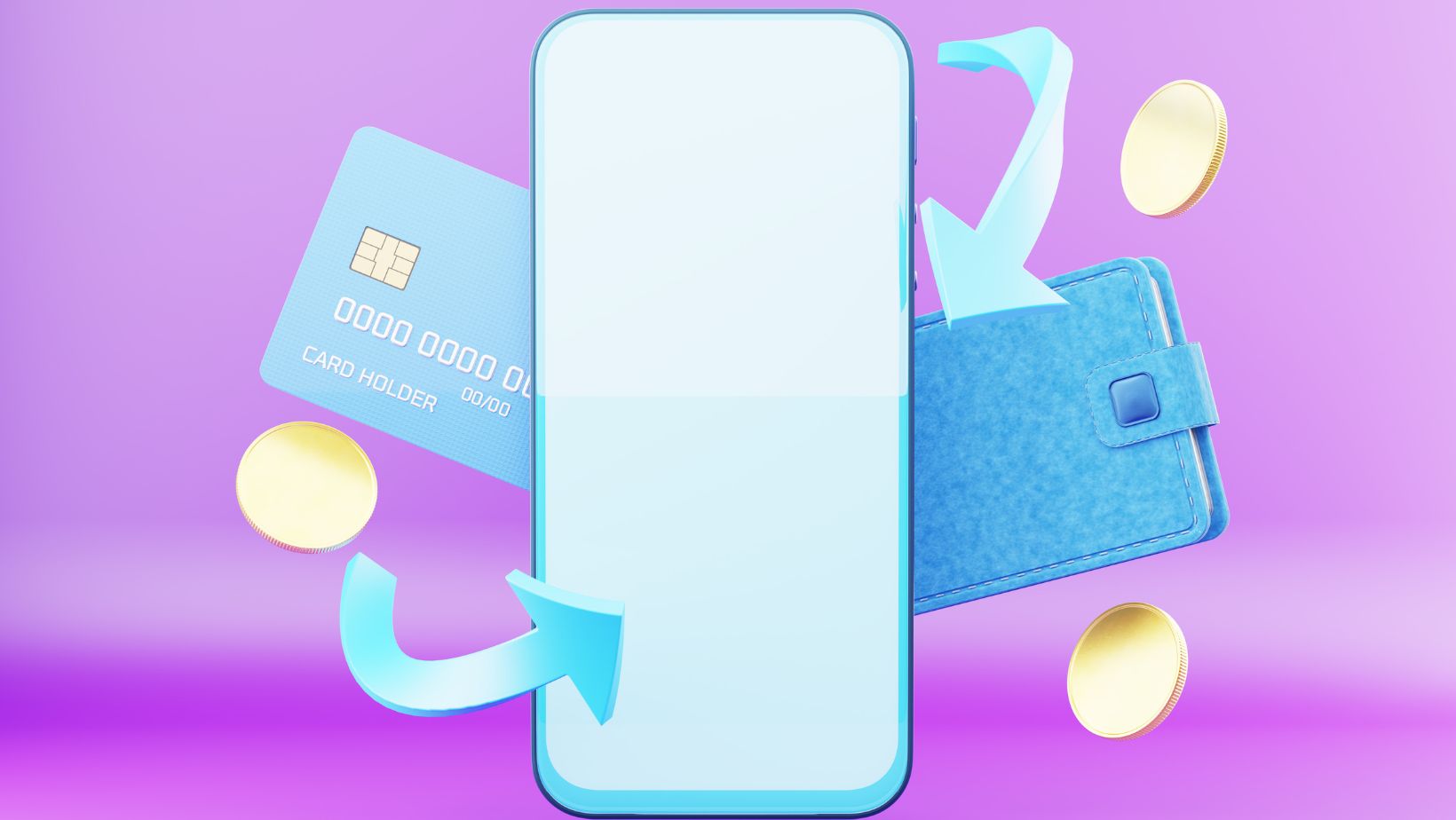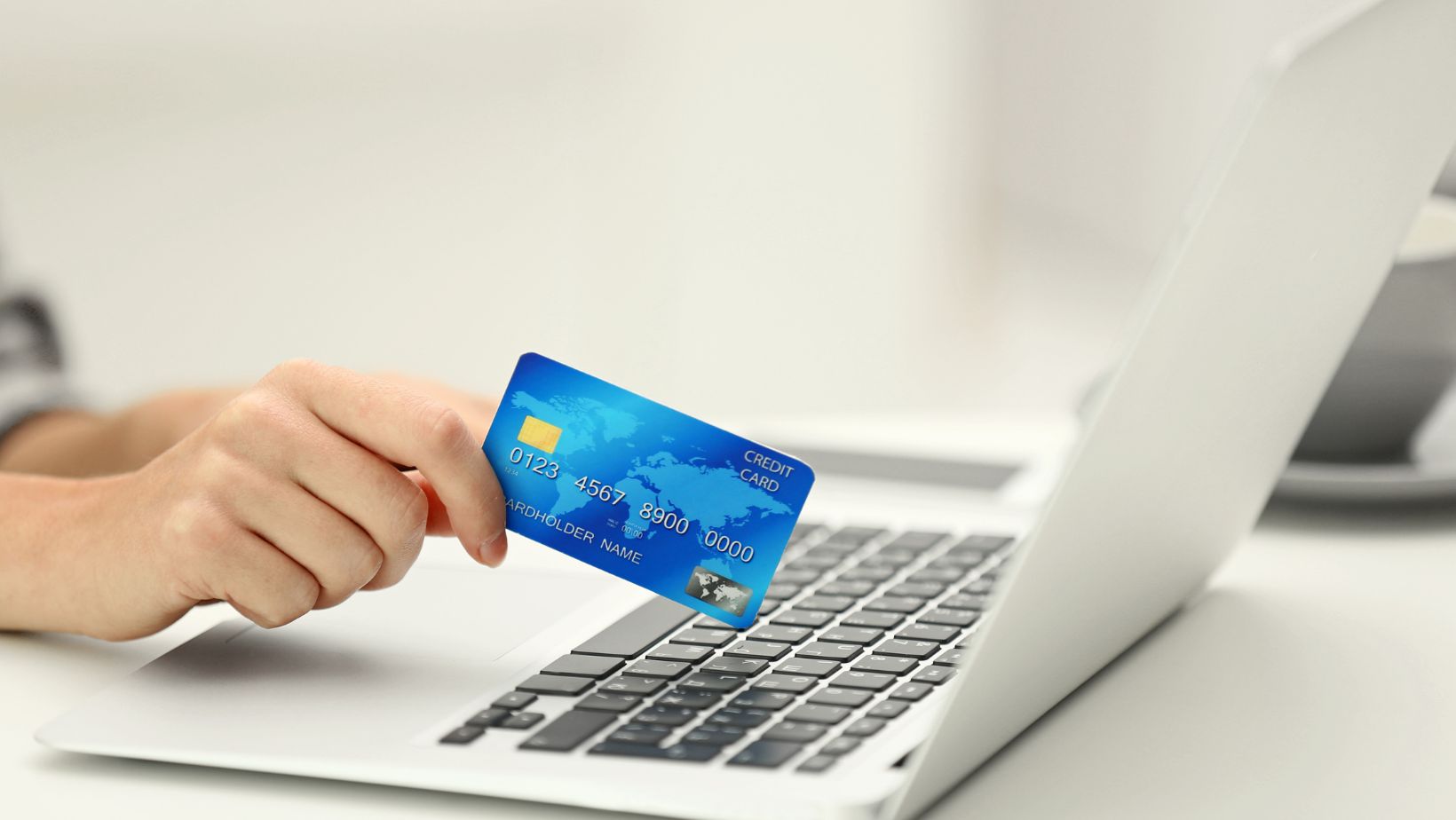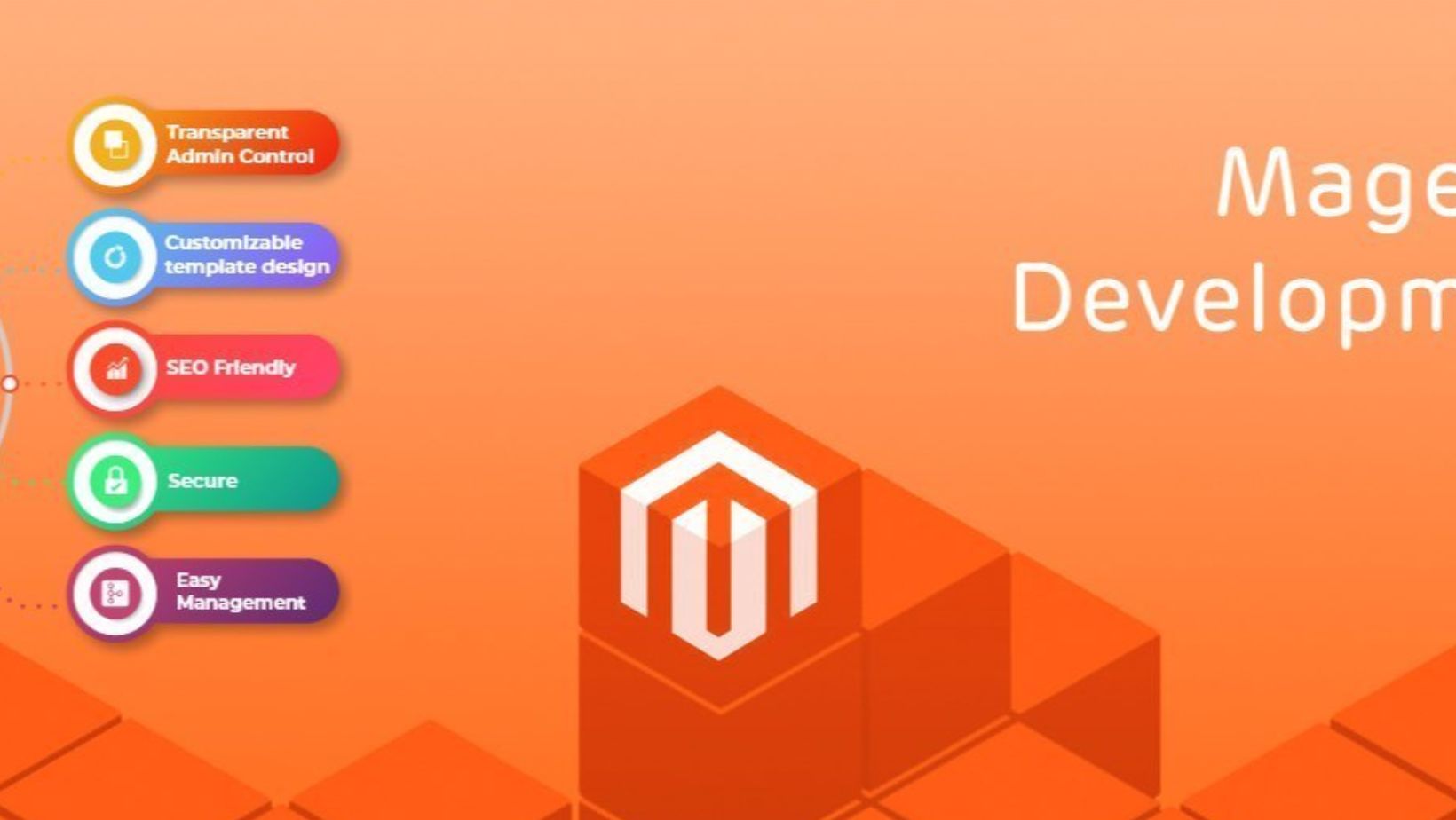These days, online payment methods are more diversified and robust than ever. Thankfully, the companies offering these services have been paying careful attention to recent cybersecurity concerns and beefing up their security measures.
Throughout the current year and in the near future, you can expect to see a wide variety of trends targeting multiple payment methods, with the hopes of making them stronger and more fortified against unwanted attacks. Here are our top trends to look out for.
Table of Contents
ToggleMore Cryptocurrency Acceptance
If any payment type is in demand these days, it’s crypto, especially with transactions like USD to SOL gaining popularity as more people seek faster, cheaper alternatives for online purchases and investments.
Though this payment method isn’t truly mainstream yet, it is getting there. More people are asking for various vendors, from online marketplaces to online casinos, to accept more crypto payments and currencies.
Though we’re not saying that you can expect major brands or companies like Amazon or Netflix to start accepting crypto this year, it seems likely that a wider variety of miscellaneous marketplaces will start taking more crypto, bit by bit.
Keep in mind that only the popular cryptocurrency coins will be the ones expected to make a couple of breakthroughs this year. The usual suspects are Bitcoin, Bitcoin Lite, Ethereum, and Dogecoin.
Take online gambling as an example. A key part of online casinos is fast and secure payment transactions, especially withdrawals. Since crypto is instantaneous and anonymous, it is a desired choice for online casino fans. After all, this is one of the main reasons why people are interested in using crypto payments in the first place.
Artificial Intelligence
The one form of technology that everyone is thinking about these days is artificial intelligence. Though it’s often brought up with a negative attitude, the near future holds some light for AI skeptics.
More companies are planning to use artificial intelligence technology to strengthen their payment method security. Though the actual science is complicated, the gist is that AI will be trained and used to detect instances of fraud, particularly unusual spending patterns associated with identity theft.

On the one hand, hackers and scammers have been known to use artificial intelligence to create fake profiles to scam people and commit identity fraud. On the other hand, that same AI technology can be used to fight back with similar but more advanced measures.
If the technology is trained well enough, it will even be able to automatically flag any suspicious transactions and stop the process before any money is moved around. This is a very powerful defensive strategy that more companies are already developing.
More Authentication Measures
When it comes to data protection, nothing gives more power to the consumer than a proper authentication measure. Two-factor authentication is an example of how people are protected by needing to personally verify a transaction via text message or e-mail.
With the success of these implementations, 2025 should bring even more protection measures, including more advanced passwordless methods like passkeys.
Biometrics to See a Big Push
Speaking of authentication measures, biometric security has been steadily growing, and it’s not slowing down anytime soon. More people are locking their doors, phones, and online accounts behind biometric barriers.
Biometrics are highly praised because their level of security is tied to a one-of-a-kind individual, not a set of alphanumerical patterns that can be analyzed. Unfortunately, not even biometrics are immune from cyberattacks, but they are still considered one of the best forms of digital protection in 2025.
Biometric security comes in many forms, including fingerprint readers, face recognition systems, and vocal recognition systems. Although they can be mimicked at times, they cannot be stolen, which is why companies swear by them.
Biometrics are also much more convenient, despite their association with cutting-edge technology. Scanning a face, a thumb, or speaking into a voice recognizer is always faster than typing in a password – especially these days when everyone needs to have longer, more complicated passwords each passing year.
More Payment Card Security Features
Even though crypto, e-wallets, and other non-physical payment methods are rising in popularity, most people are still drawn to using cards, both debit and credit. There’s no reason to assume that credit cards will disappear in 2025, so let’s instead look at how these cards are expected to change, if not evolve.

Credit and debit cards already feature a few security measures, such as a 3-digit CVV on the back of the card. This successful feature has helped pave the way for incoming ones, such as increased tokenization and contactless payments.
Data encryption, fraud monitoring, and purchase verification are just some payment card security features that have been rising in popularity over the past few years. You can expect all of them to be more common with the average consumer in 2025.
Further Adoption of Zero-Trust Architecture
Though the name may mislead some, zero-trust architecture and similar practices will become more common soon. They are less of a security measure per se, and more of a grounded business philosophy.
Companies, marketplaces, and banking systems that adopt a zero-trust model require verification for every single transaction and usually a lot of verification too. These models basically assume that everyone is suspicious and, therefore, demand identity verification at every important step of the way.
People working in these systems are only ever granted access to something if it is absolutely necessary. Everyone is treated with minimal privileges until proven otherwise. Many major companies like Cisco, Cloudware, and Microsoft have already adopted zero-trust systems and models, as they deal with very sensitive information belonging to themselves and their customers.
Final Thoughts
As digital payments evolve, we’re seeing a real security revolution happening right before our eyes – AI systems that catch fraudsters, face and fingerprint scans replacing clunky passwords, and even traditional credit cards getting smarter security features.
With cryptocurrency slowly making its way into more online shops and zero-trust systems treating everyone with healthy suspicion, our digital wallets have probably never been safer. Will these enhanced security measures finally give us the confidence to fully embrace a cashless future?






